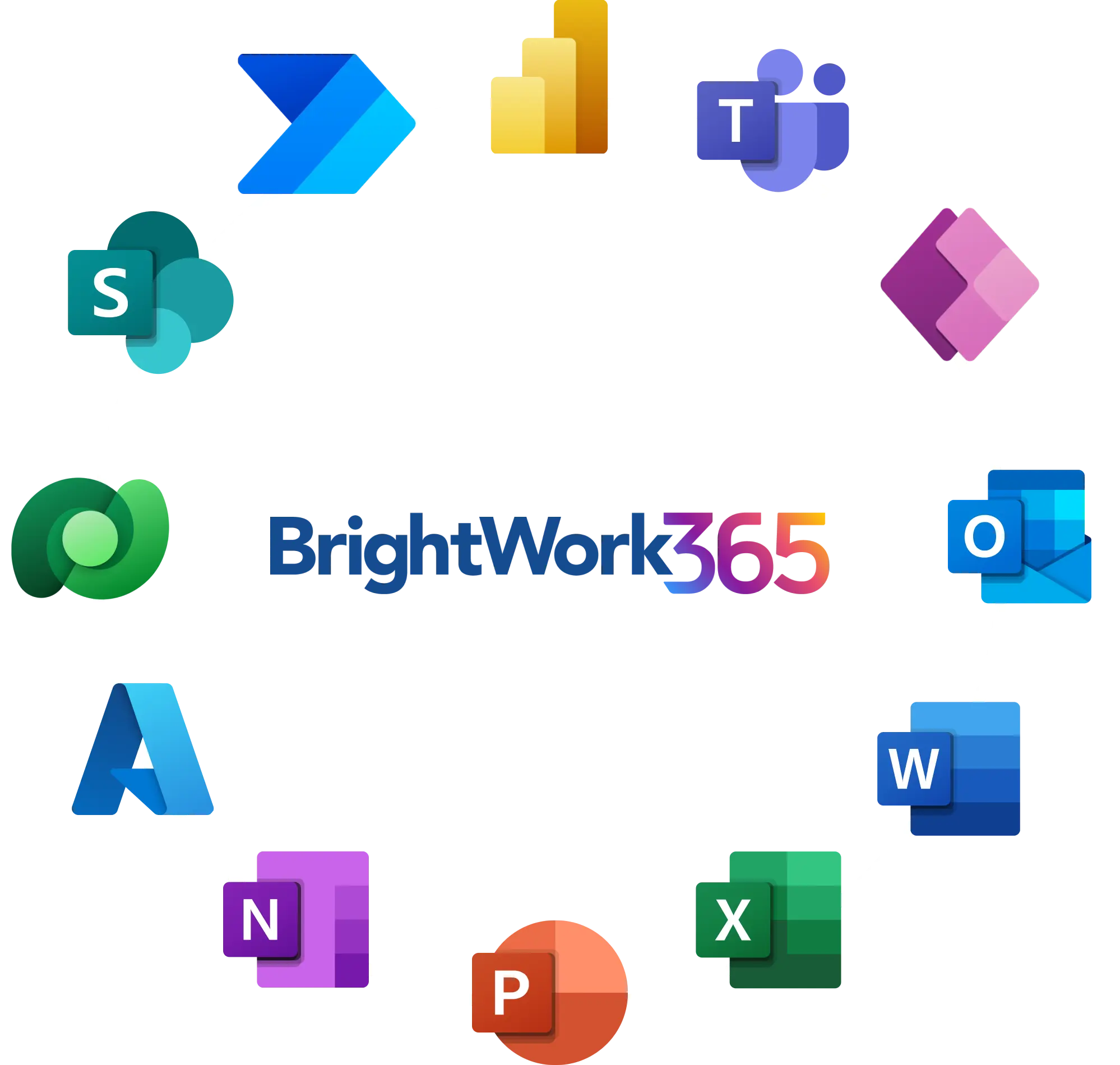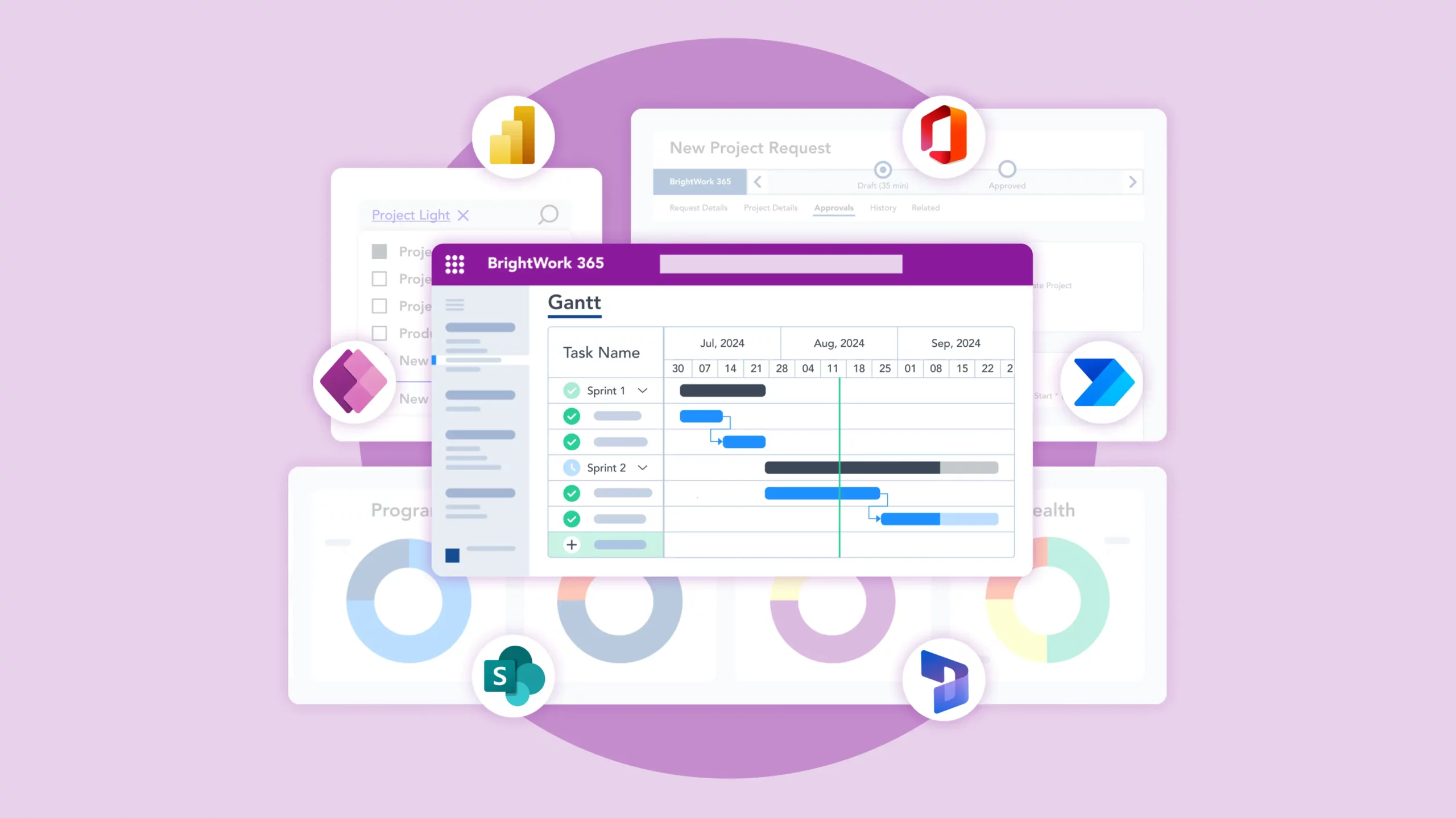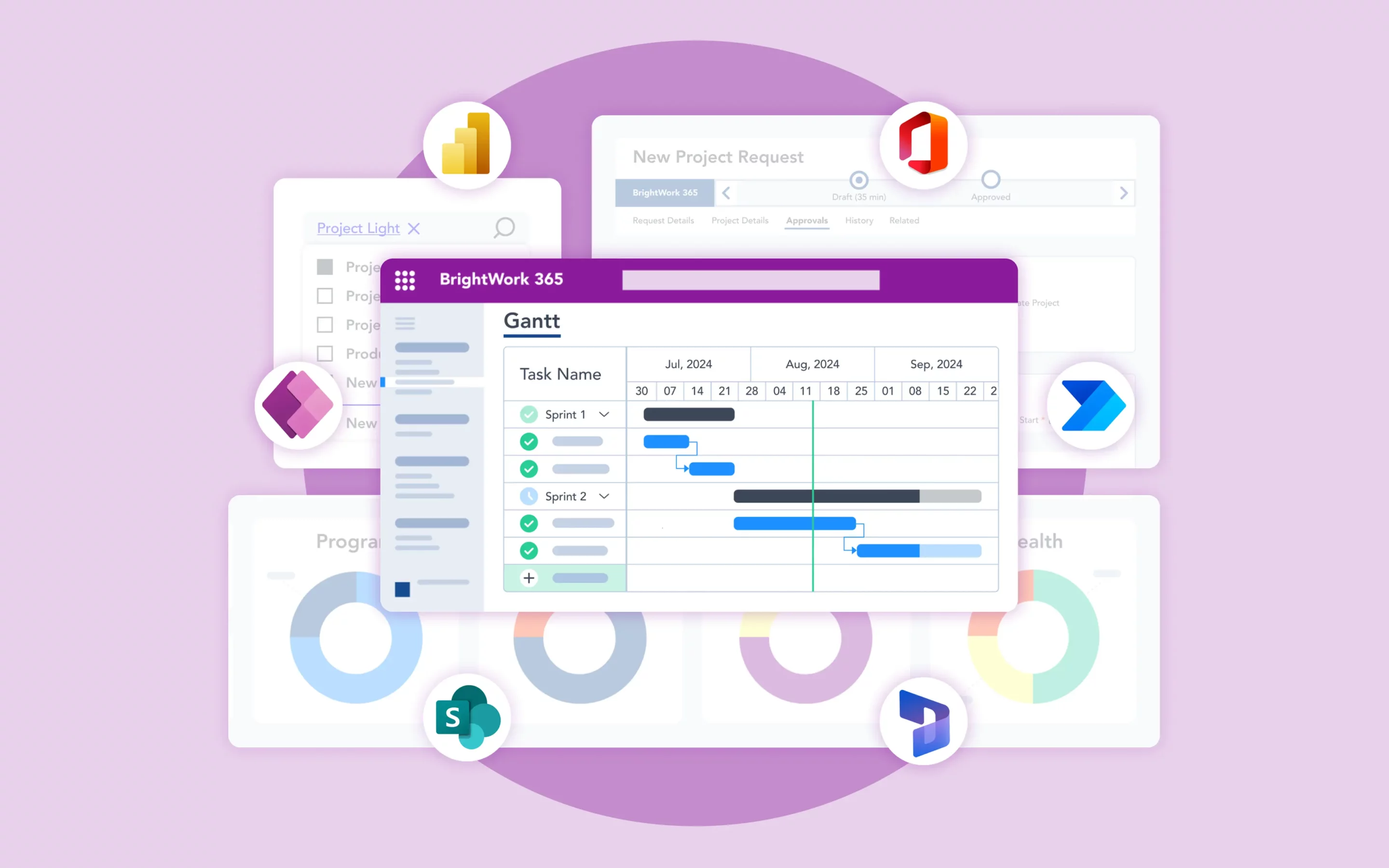Many organizations are familiar with Microsoft Power Platform, especially those using applications like Brightwork 365 built on Dataverse. The Power Platform encompasses Power BI, Power Automate, and Power Pages, all built on the Dataverse database with multiple data connectors and AI Builder functionality to assist in development journeys.
What is Citizen Development?
Citizen development involves providing low-code, no-code functionality and development tools to people who aren’t otherwise technical developers or who don’t have well-resourced software engineering teams.
Key Benefits of Citizen Development
Citizen development offers numerous advantages for organizations:
Accelerated Digital Transformation
One of the main benefits is that it helps accelerate digital transformation within organizations. It enables non-IT employees to build solutions with much shorter delivery times than traditional software development life cycles. No traditional background in software engineering is required, which opens up app development to a much wider audience.
Innovation Culture
Another important benefit is fostering a strong culture of innovation within the organization when people feel empowered to implement solutions to problems they have identified. This approach truly empowers users throughout the organization.
Improved Resource Allocation
Citizen development helps improve engineering resource allocation and scalability of engineering teams by reducing development backlogs for engineering functions. Solutions built by citizen developers are iterated very quickly.
Real-World Example: London Heathrow Airport
A real-life example demonstrates how citizen development works effectively. When London Heathrow Airport began using Power Platform, they encouraged employees to explore Power Apps and discover its capabilities.
Samit Sanyi, a security officer at the time, identified an opportunity and built an app to improve security processes. The airport had security guides at every checkpoint that required translation into multiple languages – imagine all the different languages travelers use at London Heathrow Airport daily. This created a cumbersome system with extensive paperwork. Sanyi developed this into an efficient Power App at a fraction of the potential costs for building such an app traditionally.
This example shows how Samit completely transformed his career by starting in citizen development and growing from there. It demonstrates how citizen developers are people doing their normal everyday jobs while building impactful apps and making real business improvements.
Typical Power Platform Journey in Organizations
Organizations typically follow a predictable Power Platform journey. While not every organization’s path is identical, understanding this progression helps explain the focus on governance.
The journey often begins when someone in the organization hears about Power Apps or Power Platform, gets interested, and starts self-study or online tutorials. They might collaborate with colleagues on small hackathons or “app in a day” sessions. Business groups create small prototypes to explore Power Platform possibilities.
The ideal destination is digital transformation realm, particularly in low-code, no-code areas where everyone is empowered safely to build apps. Many organizations may already have C-level awareness since they use applications like Brightwork 365 built on Power Platform. However, they may not yet have citizen developers who can safely develop solutions.
Reaching this digital transformation stage requires defining strong governance strategies and implementing the Center of Excellence (COE).
Risks of Citizen Development on Power Platform
While citizen development offers great opportunities, it comes with risks that organizations must address through proper management and governance.
Data Security Concerns
Potential data leaks can occur if systems aren’t managed correctly. Power Platform includes numerous connectors, including social media connectors where data could easily be exfiltrated accidentally by employees if connectors aren’t properly secured. However, organizations can block many data connectors entirely, completely mitigating these risks.
Lack of Oversight
Without establishing a Center of Excellence to guide citizen developers, organizations risk scenarios where citizen developers work without IT oversight. This approach isn’t optimal. Power Platform provides IT with extensive controls at the platform level to govern individual app activities.
Mitigating Risks on the Power Platform
Organizations can mitigate risks through several approaches:
Platform Level Controls
Key controls include restricting data connectors and implementing tenant isolation. Ensuring data doesn’t leave your tenant while preventing other tenants from accessing your tenant provides simple but powerful platform security.
Power Platform Center of Excellence
The Center of Excellence (COE) offers a powerful solution for managing and governing the platform. Importantly, the COE isn’t just a technology solution – it’s an organizational framework that requires ongoing management and nurturing, not just implementation and abandonment.
Governance Policies and Best Practices
Establishing governance policies and best practice guidelines gives citizen developers structured frameworks to follow, ensuring they understand best practices. Organizations can establish naming conventions and similar standards.
Change Management Process
Implementing change management processes efficiently mitigates risks further. Organizations should consider processes where citizen developers build solutions that are verified and QA-tested by Power Platform developers, IT employees, or technical function staff before production deployment.
Responsibility Framework Model
Establishing responsibility framework models reduces risk by setting out frameworks defining roles and responsibilities for different scenarios based on solution complexity and business criticality.
Governance Board
Governance boards can implement policies and best practice guidelines. These boards can manage COEs or operate as separate groups from COE management teams.
Hybrid Approach
Adopting hybrid approaches effectively harnesses citizen developers working alongside existing Power Platform developers. While not all organizations have Power Platform developers, this approach increases release cadence and speeds delivery. Power Platform developers can nurture, consult, guide, and QA citizen developer work.
Community Building
Nurturing communities is vital for success but often overlooked. The Center of Excellence includes built-in apps for organizing training sessions like “training in a day” for Power Platform. COEs create maker’s teams with different channels where developers share tips and learning resources, serving as touchpoints for citizen developers and Power Platform developers.
Identifying Citizen Developers
Organizations need to identify potential citizen developers. Some people immediately express interest and possess attributes making them perfect citizen developers.
Essential Characteristics:
- Interest in Power Platform
- Willingness to invest time learning and developing skills (while maintaining business-as-usual tasks in their existing roles)
- Ability to identify and define problems while thinking of possible solutions
- Skills to develop visions and communicate effectively with colleagues
- Interest in helping others (citizen development provides satisfaction when colleagues say manual tasks have been automated)
- Basic data modeling experience and knowledge of tables
- Willingness to champion Power Platform and serve as business touchpoints for new citizen developers
Citizen vs. Power Platform Developers
Understanding the distinction between citizen developers and Power Platform developers is crucial:
Power Platform Developers:
- Full-time software development role
- Work within IT or tech functions
- Have extensive working experience and knowledge of all Power Platform components
Citizen Developers:
- Serve other job functions while working part-time on platform development
- More likely to build personal productivity apps or team productivity apps specific to their business functions
- Benefit from good Excel and SharePoint skills
Responsibility Framework
The responsibility framework establishes clear processes for different scenarios:
App Maker Onboarding
When someone wants to become an app maker, they’re onboarded as citizen developers. While onboarding varies by organization, recommended approaches include ensuring citizen developers have:
- Power Apps licenses
- Development environments (even personal dev environments for learning)
- Access to community teams with learning materials
- Addition to citizen developer communities
Citizen developers can then build apps in close partnership or hypercare with the Center of Excellence, utilizing hybrid approaches rather than leaving citizen developers to figure things out independently.
Solution Complexity Categories
Organizations should categorize solutions based on complexity and scope:
Personal Productivity Apps:
- Individual use by app creator
- High level of autonomy for development
- Quick development (typically less than two weeks)
- Often no review or approval needed
- Quick iteration cycles
Team/Department Solutions:
- Used by entire business units (like finance teams)
- Medium complexity and importance but not critical
- IT should check and QA before production
- App owners often provide first-level support (requiring adequate bandwidth)
- Multiple environments recommended (dev/test and production)
- Development cycles typically around three months to pilot
Mission Critical Solutions:
- Highly complex, used across organizations
- Should move away from citizen development to Power Platform developers or IT support functions
- Require minimum dev, test, and production environments (similar to Brightwork 365)
- Longer deployment cycles due to complexity
This framework ensures citizen developers aren’t burdened with extremely complex projects, setting them up for success, especially early in their development journeys.
The visual representation shows responsibility distribution from individual citizen developer apps with potential business department intervention, to business unit level apps where citizen developers build but IT provides QA and verification, to highly critical solutions with centralized IT responsibility separate from citizen development.
This differentiation is crucial – not every solution is a good candidate for citizen development projects. Understanding this distinction is essential for establishing success.
Manage Projects with Microsoft 365, Power Platform, and Teams
Collaborate seamlessly from anywhere, with BrightWork 365 and Microsoft Teams.


